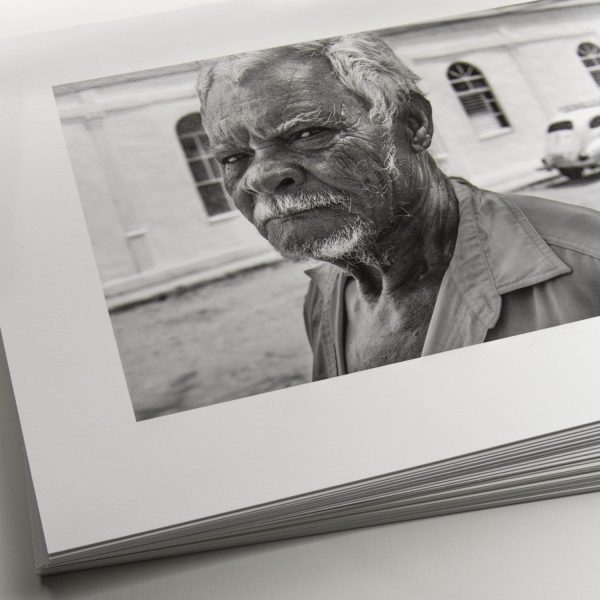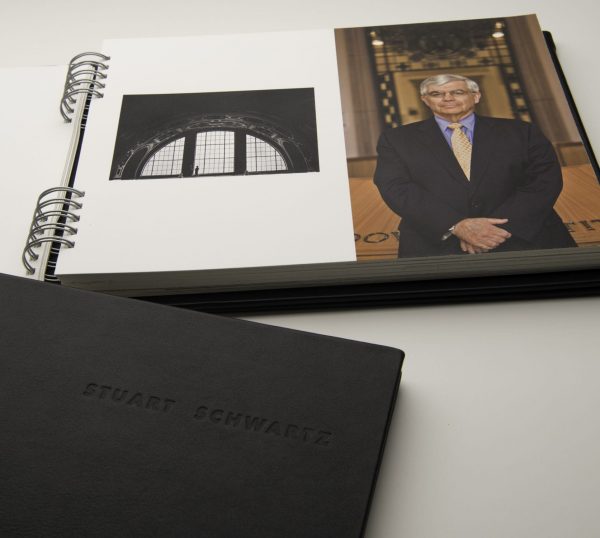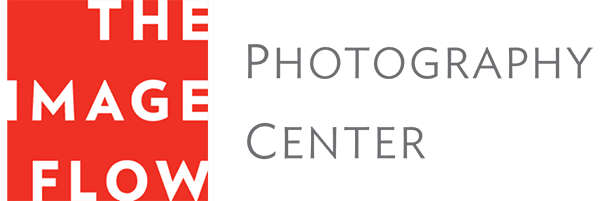

Periodic portfolio reviews are an essential part of any serious photographer’s game plan. They’re a great opportunity to get your work literally under the noses of the right people. But before you submit your work to a professional portfolio review, you’ll want to be sure your portfolio is in the best shape possible.
How does one begin creating a successful artist’s portfolio? The information I will share with you here will be useful to anyone working in fine art or commercial photography, illustration, or art, and who would like to present their work in a professional manner to potential clients, friends, and colleagues.
To be successful, an artist must have a vision, must master the technical skills required in their chosen medium, and have a basic understanding of the art business.
When presenting a portfolio not only is your work being judged, you, the artist, is also being judged. The reviewer is considering two primary questions: Does the photographer or artist leave a serious impression? Does he or she have the drive and mental muscle it takes to succeed in the art world?
Your portfolio should impress viewers with two messages—your vision and with it how well you have mastered the technical aspects of your craft. To go along with your portfolio, you ideally should provide good artist support materials.
Here are a few tips for building and showing a printed portfolio of your best work.
No matter what you’ve heard or read, your work doesn’t stand alone; presentation is 80% of the game. A cohesive presentation packaged in a beautiful portfolio case is key. Whenever anyone—a friend, a gallery owner, museum curator, or art consultant—reviews your portfolio, the memory of your photographs will be only part of what you leave behind. Just as packaging plays an increasingly important role in product marketing, you are also an integral part of the presentation.
If you want to be represented by a gallery or work as a commercial photographer, a professional portfolio presentation is absolutely necessary.
Your work should be presented in an appropriate portfolio case or shipping case. If you are presenting your work to a gallery, it is best to use a case specifically designed for fine art photography. Cases are usually available from good photography or art supply stores. You can also purchase them through mail-order companies or have a custom case made. Never put your work in plastic pages for a presentation—reflections are a killer.

Your portfolio should only include your very best finished prints—never show work prints in progress.
If the finished work is being matted, make sure the image window is well cut with clean straight lines and cleanly cut window corners. If you are having problems cutting your mats, find a professional frame shop to help you.
A good portfolio shows continuity in the work and provides viewers with a clear idea as to what your vision is, so you’ll need to plan your portfolio carefully. Your work should be organized by subject or photographic style and the sequencing of your imagery is extremely important. Horizontal and vertical images can be difficult to combine; my suggestion is to choose a format for your presentation, whether it’s horizontal or vertical and print everything in the same format and size. This makes viewing your images much easier and more comfortable for the viewer. If you must include different print sizes or formats, they should be organized and grouped separately. Black and white images and color images may be combined if it is to the best advantage of the sequencing of a theme.
Since it’s difficult to be objective with your own photographs, you may not be the best judge of your own work. Have someone you respect review and critique your portfolio prior to showing to a gallery or perspective client. I would suggest this person is not a family member, as they can be as attached to your imagery as you are, and therefore also unable to give an unbiased opinion. Find someone in the community, another photographer or creative-minded individual that doesn’t have a stake in the game. Also, don’t ask for too many opinions; everybody has one and that will probably just add to your confusion.

The main objective of your first visit to a gallery or prospective client is to introduce your work to a new audience. You don’t need to show the entire scope of your career. When seeking new gallery representation or pitching a new client, it might take several portfolio presentations before you close the deal. Limit the number of photographs you present to about twenty prints at a time. This is enough to give them the essence of what your work is about without overwhelming them or risk including subpar work that might turn them off.
Present one or possibly two thematically unified or otherwise cohesive bodies of work. Show your strongest work first and trust that your initial success will allow you to present your work again.
When you meet a new reviewer, thank them for taking the time to look at your work. Briefly introduce yourself and your photographic history. Keep the introduction short—you want to get to the part where you actually present your work. When you do, assume the person looking at your book is a professional. Don’t insist they wear white gloves or otherwise make a fuss about how your work is handled. You want to make it as easy as possible for the reviewer so you’ll be welcomed back.
On a first portfolio review, don’t ask for representation or an exhibition. You can assume the person looking at your work knows what you want. The reviewer will discuss possible representation or exhibitions if they’re interested in you and your work. The main purpose of showing your portfolio to a gallery or potential client is so that they can become familiar with your work.
Listen carefully and don’t hesitate to take notes if necessary, but keep your questions to a minimum. Try to identify the reviewer’s favorite photographs. You might want to show them again during a later visit.
If you have arranged for a thirty-minute appointment, time your presentation so you’ll be ready to walk out the door in twenty-eight minutes or less. Stretching your appointment, unless the reviewer requests it, will always do you more harm than good.
Need an unbiased opinion to help you develop your portfolio? Stuart Schwartz is available for one-on-one portfolio review sessions customized to your needs. Call The Image Flow at 415-388-3569 for more information or to schedule an appointment.

